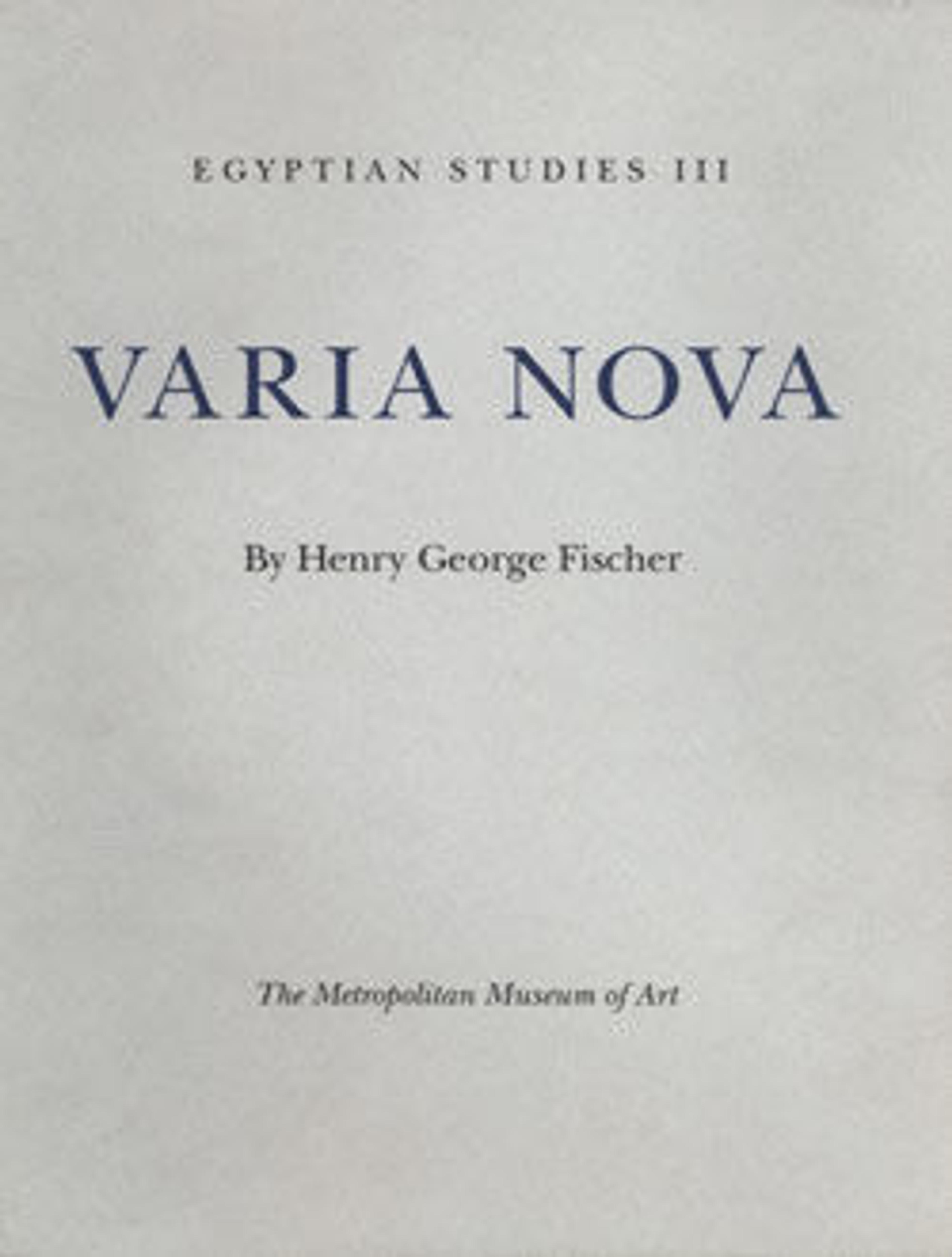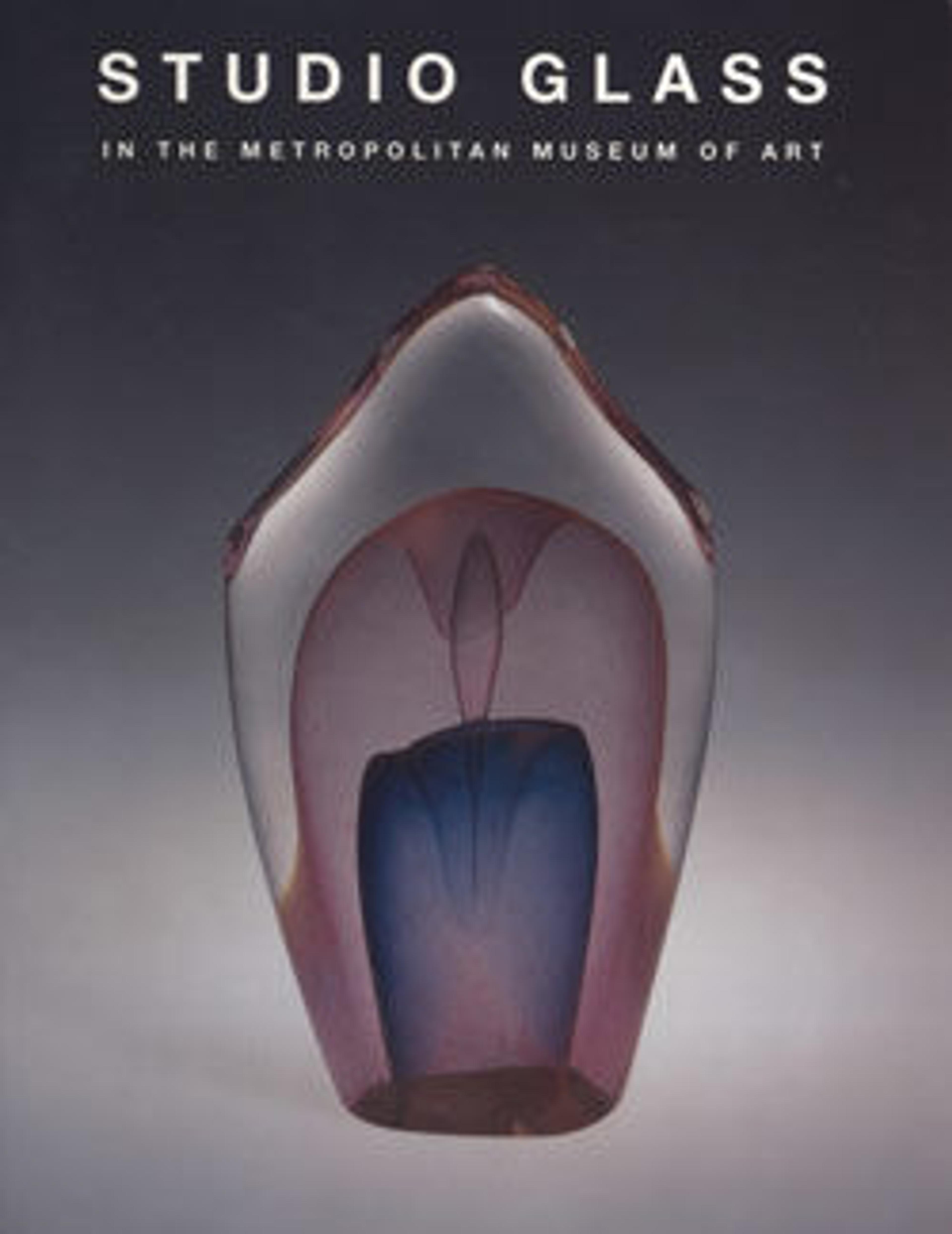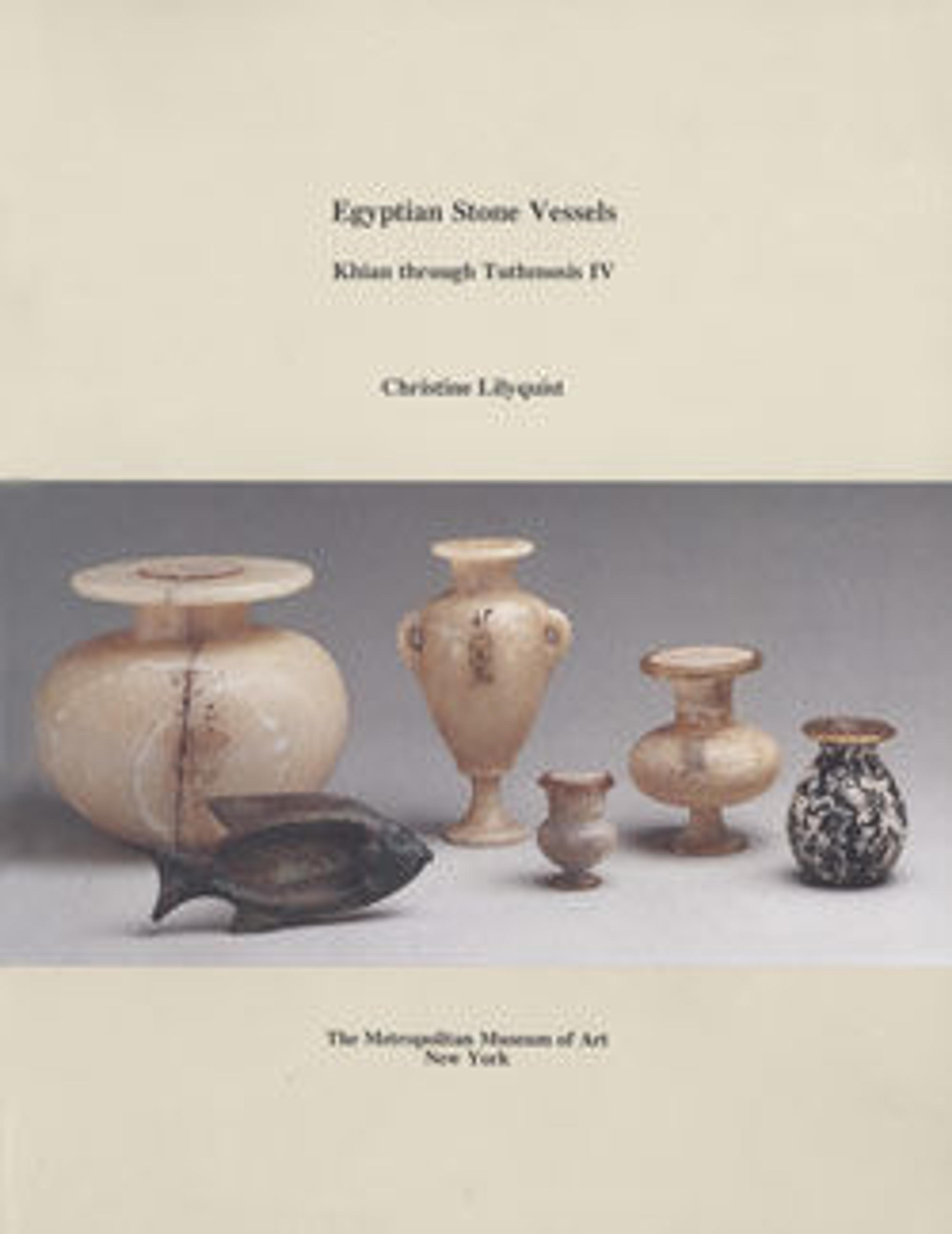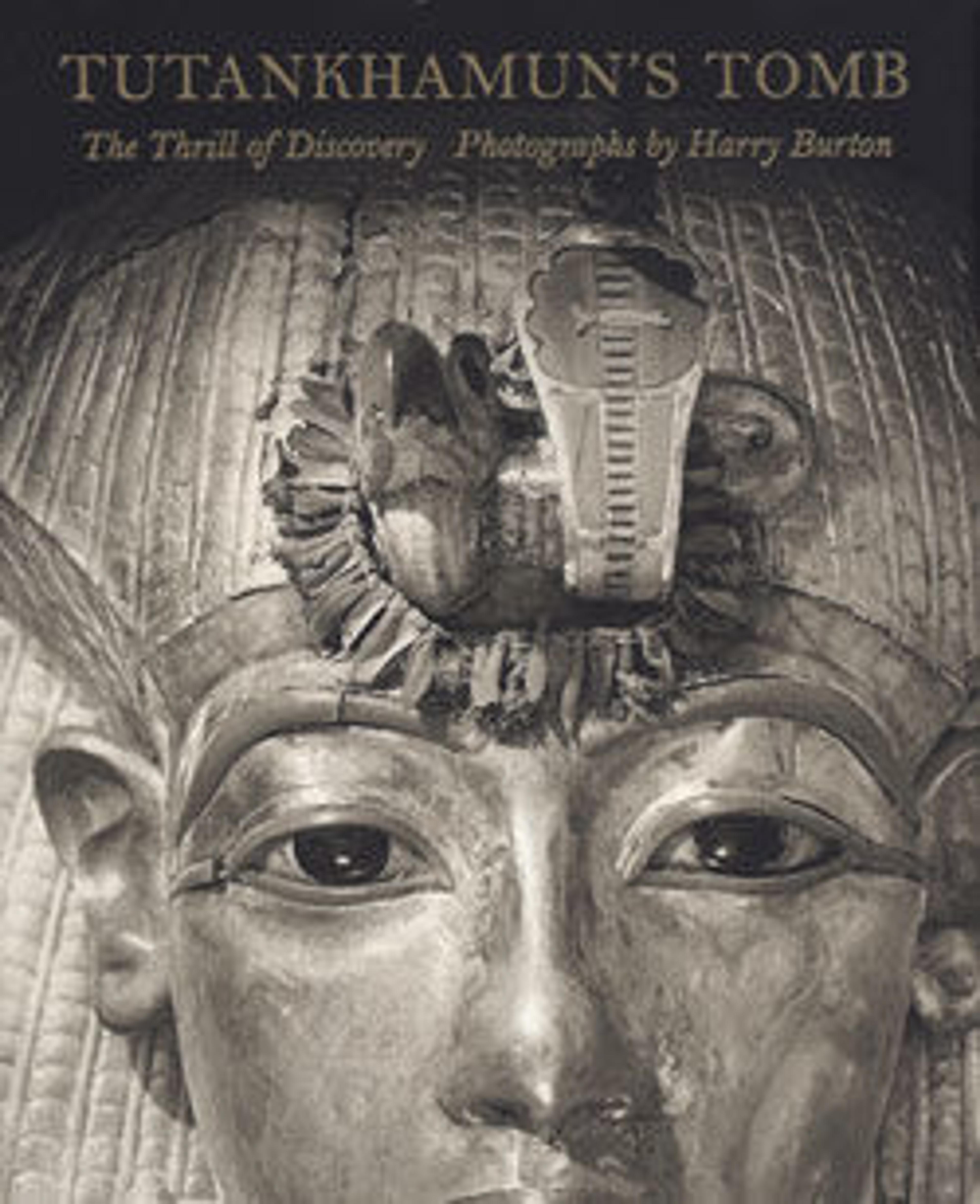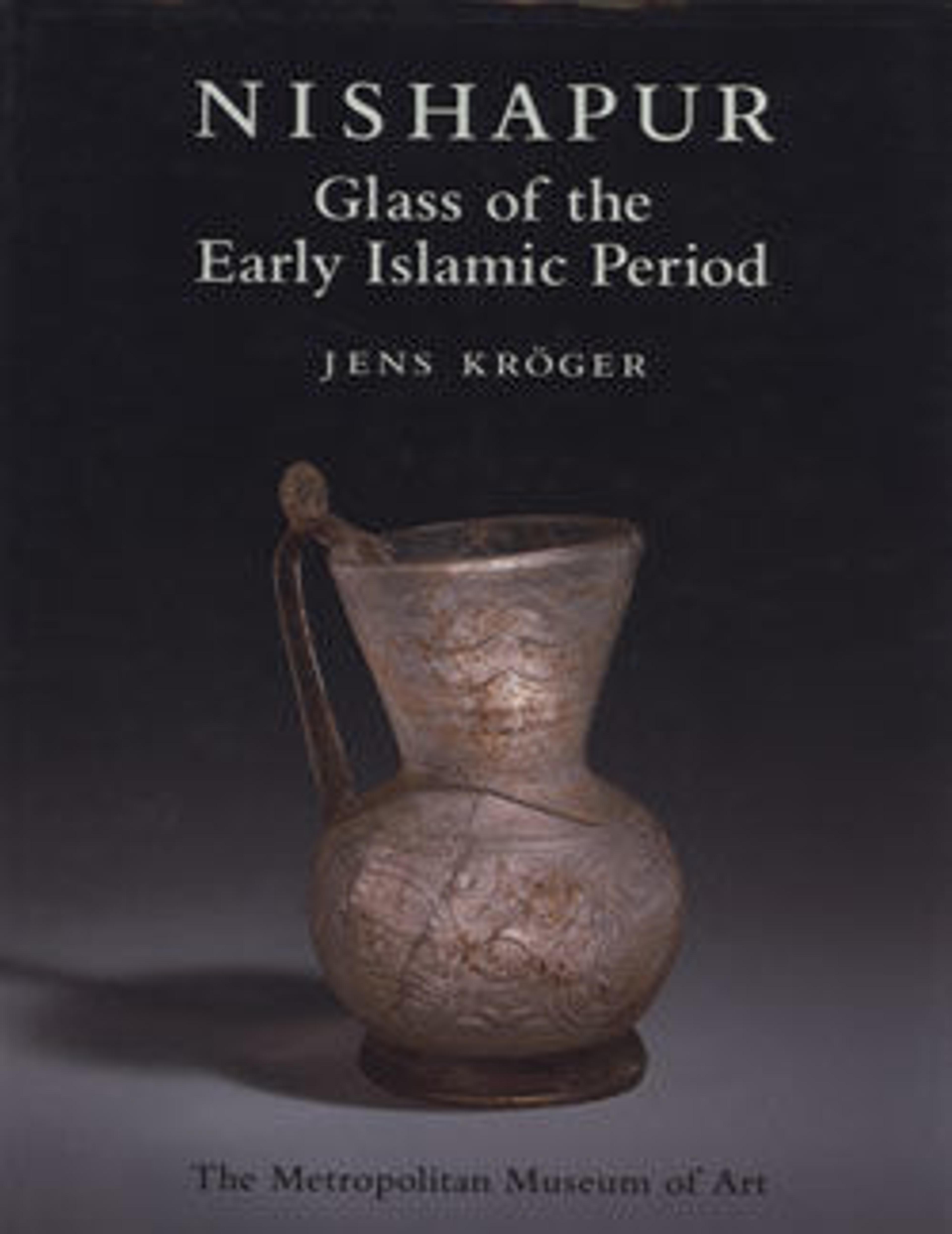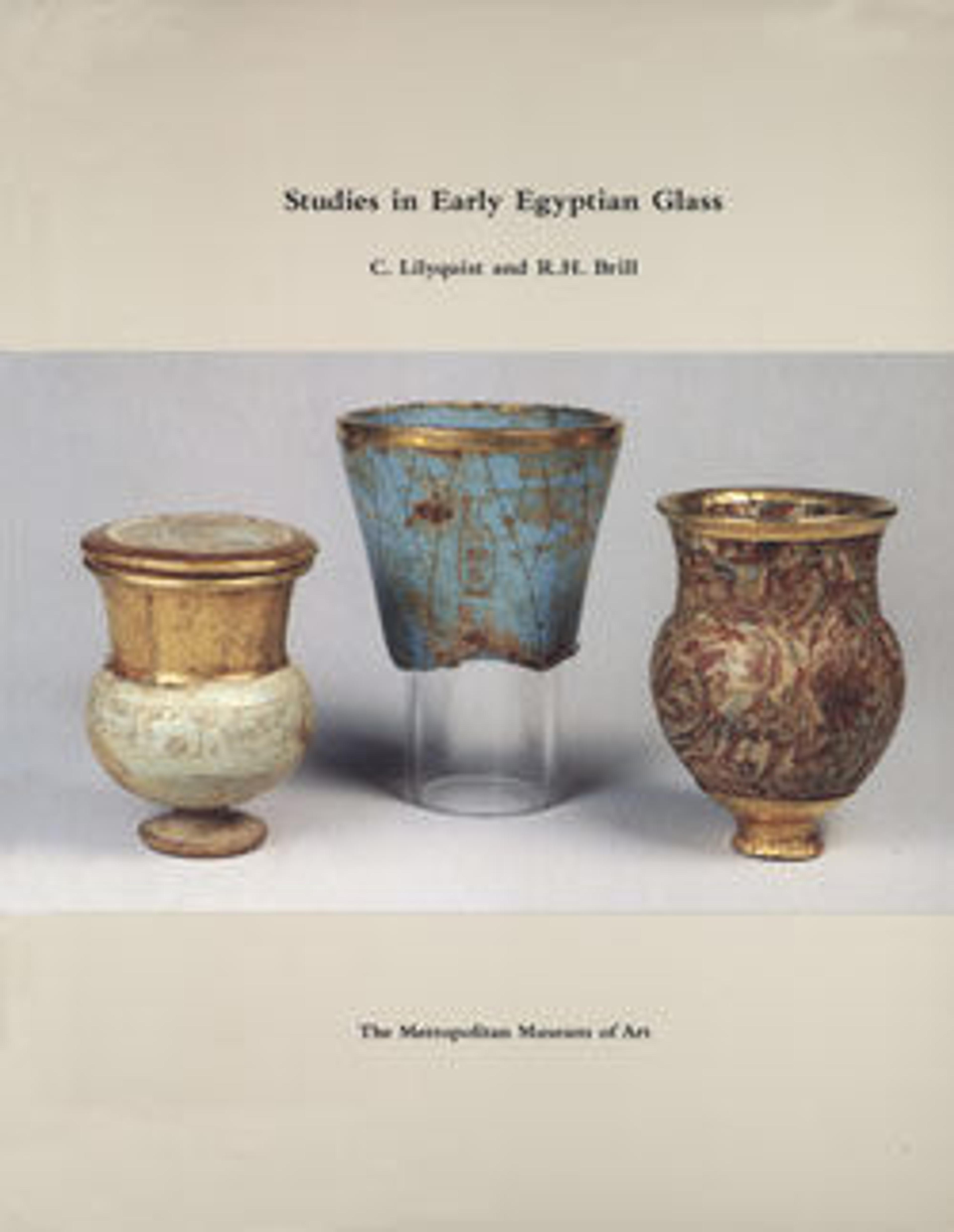
Studies in Early Egyptian Glass
These studies were undertaken to form a historical and technological context for the large amount of vitreous material, most of which is now in The Metropolitan Museum of Art, believed to come from the tomb of three foreign wives of Tuthmosis III (ca. 1479–1425 B.C.). The tomb yielded a glass vessel and a large number of beads and inlays, as well as two more unusual vitreous vessels; and, as the reign of Tuthmosis III is commonly understood as the beginning of intentional glassmaking in Egypt, the study became an opportunity to consider the larger question of its origin: did glassmaking grow out of experimentation in other vitreous materials, or did it arrive with artisans or objects from nearby Western Asia? This survey of the archaeological and analytical literature, many compositional analyses of glass and additional vitreous materials, and lead-isotope studies are offered here as an integrated effort to move that discussion forward. Concluding statements at the end of each study suggest interpretations and indicate limitations.
Met Art in Publication
You May Also Like
Press the down key to skip to the last item.
Citation
Lilyquist, Christine, Robert H. Brill, and M. T. Wypyski. 1993. Studies in Early Egyptian Glass. New York: Metropolitan Museum of Art.
